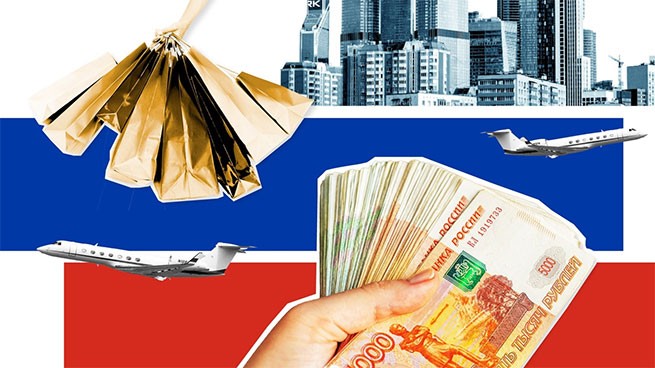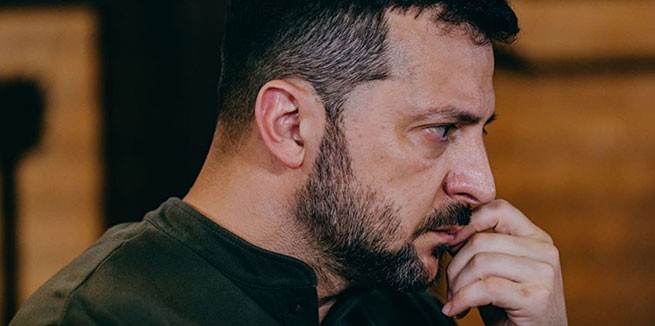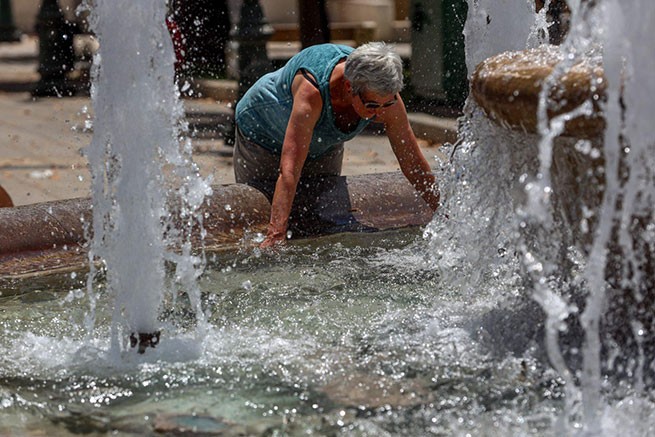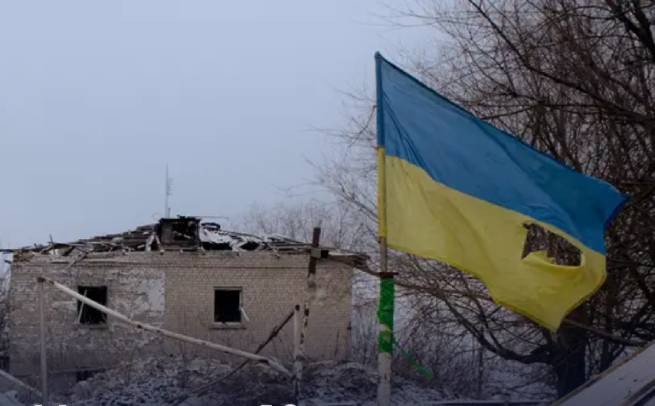Ruthless and impartial statistics testify, telling about the war in Ukraine in the language of numbers.
On February 24, 2022, Moscow launched a full-scale invasion of Ukraine. Currently 18% of Ukrainian territory occupied by Russia. More 6.4 million Ukrainians became refugees. The war in Ukraine is entering its third year. What are the civilian and military casualties? How much assistance was promised and provided to Kyiv? How many Ukrainians became refugees or displaced persons? Here’s what we know so far.
Help to Ukraine
At the beginning of February 2024, the European Union approved a new aid package for Ukraine in the amount of 50 billion euros. From the US side $60 billion promised to Kyiv are still blocked in Congress due to a Republican veto.
EU – Ukraine’s largest donor. His obligations during the period from January 24, 2022 to January 15, 2024 amount to more than 144 billion euros, according to the Kiel Institute, which tallies military, financial and humanitarian aid promised and given to Ukraine. Ukraine Support Tracker project manager Pietro Bomprezzi explains:
“However, we note that only €77 billion has been allocated to specific packages. There is therefore a fairly significant gap between the financial assistance promised and actually delivered. A significant part of this gap is related to the very significant EU financial commitments of 50 billion, which have been discussed for a long time since June 2023 and have only recently been approved. They will be made available in the next few months.”
The US is the second largest aid provider to Ukraine. According to the Kiel Institute, they identified more than 67 billion euros. If we consider only military assistance, then Washington, which promised to allocate more than 42 billion euros, is the largest donor. And this is the help Ukraine desperately needs
Deadlock
“The conflict has reached a dead end.” The front line stretched almost per 1000 km, has remained virtually unchanged in recent months. According to Neil Melvin, director of international security studies at the Royal United Services Institute (RUSI), this is a sign that the conflict is “reaching a stalemate”:
“We are now in a trench war, a war of attrition, in which both sides are trying to wear each other down. Neither side currently has the ability to make a breakthrough.”
Almost 18% of Ukraine’s territory is currently occupied Russia. Peter Dickinson, editor-in-chief of the Atlantic Council in Ukraine, says:
“Near 7% of this territory is occupied until 2022. It is important to remember that this war began in 2014 with the occupation of Crimea and Russian intervention in eastern Ukraine, in the Donbass region.”
Black Sea success
Both experts are unanimous in their opinion: the Ukrainian counter-offensive in the summer of 2023 was unsuccessful. Neil Melvin believes that the goals set at the start of the offensive – “significant breakthroughs” and “a significant amount of territory won from the Russians” – were not achieved, despite significant efforts by the Ukrainians and support from the allies. The failure dealt “a huge blow to the morale and credibility of the Ukrainian army,” adds Peter Dickinson.
However, in the absence of progress on land, Kyiv managed to achieve a number of successes in the Black Sea. Strikes against Russian naval forces have reopened the grain corridor for Ukrainian exports. Peter Dickinson says:
“Ukraine was able to break the blockade of its ports and force the Russian fleet to leave the Black Sea off the coast of Ukraine. This is the main change over the past year.”
“State Secrets” about losses in Ukraine
It is quite difficult to estimate the number of civilians and military personnel wounded or killed during the two years of war in Ukraine. Neil Melvin states: “These are state secrets.” In December 2023, a declassified US intelligence report estimated 315,000 soldiers wounded or killed on the Russian side.
In August 2023, the New York Times reported that US officials estimated 70,000 Ukrainian soldiers were killed and between 100,000 and 120,000 were wounded. Russian losses are believed to be higher: from the beginning of the war to August 2023 120,000 Russian soldiers were killed and 170,000-180,000 were wounded. Neil Melvin notes: “The Ukrainians began to use their forces with more caution.”
Replenishment
Both sides are trying to rebuild their troops. The Ukrainian bill provides reduction of the conscription age from 27 to 25 years. This has become a hot topic among the country’s population. Peter Dickinson says:
“The Ukrainian troops must make up for their losses, which were very high. They also need to give those on the front line the opportunity for rotation, a break. There are people who have been fighting for two years without a break. They are exhausted.”
The average age of frontline soldiers is now about 43 years old.
6.4 million Ukrainian refugees
More than 10 million Ukrainians were forced to leave their homes since the start of the full-scale Russian invasion of Ukraine. More than 6.4 million of them are refugees abroad. The total number of Ukrainian refugees, according to the United Nations High Commissioner for Refugees (UNHCR), increased by 5% from the end of 2022 (5.7 million) to the end of 2023. Of them 6 million Ukrainians have found refuge in European countries. Germany (1.1 million), Poland (957,000) and the Czech Republic (376,000) received the most refugees. Louise Donovan, from the Office of the United Nations High Commissioner for Refugees, says:
“Many Ukrainian refugees stayed as close to home as possible, that is, in neighboring countries, so that they could come and go if they were able to make short visits. Others moved further, as a rule, if they have family connections, if they have some kind of social support network in other European countries.”
3.7 million Ukrainians are displaced within their country. About 900,000 people returned to Ukraine for more than three months. During the war, almost 39% of Ukrainian refugees in Europe made “short visits” to Ukraineto visit their families or check the condition of their property.







More Stories
WSJ: Mike Pompeo voiced "Trump's peace plan for Ukraine"
Survey about "brotherhood of the Russian and Ukrainian peoples"
Neo-Nazis claim responsibility for Farion's murder